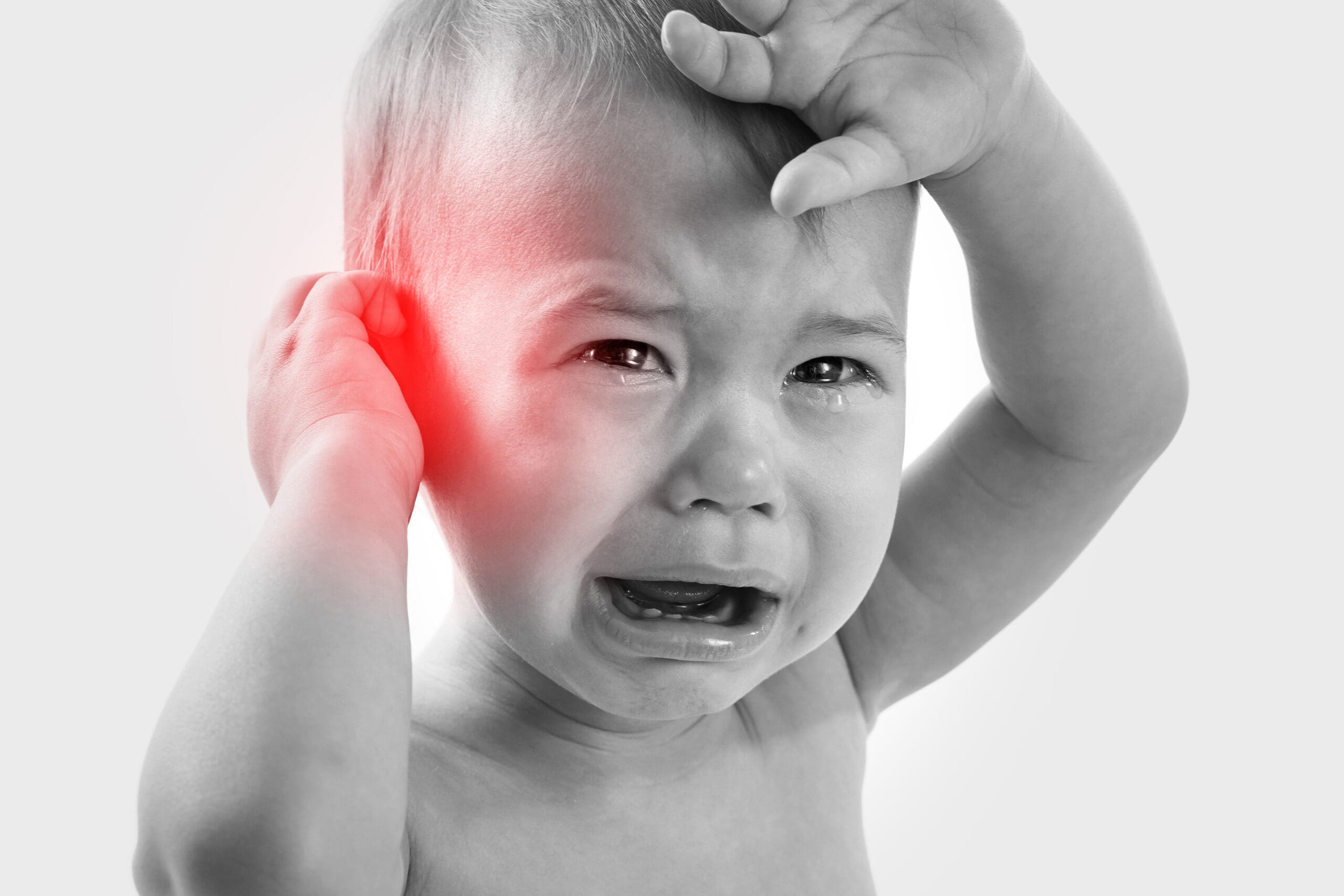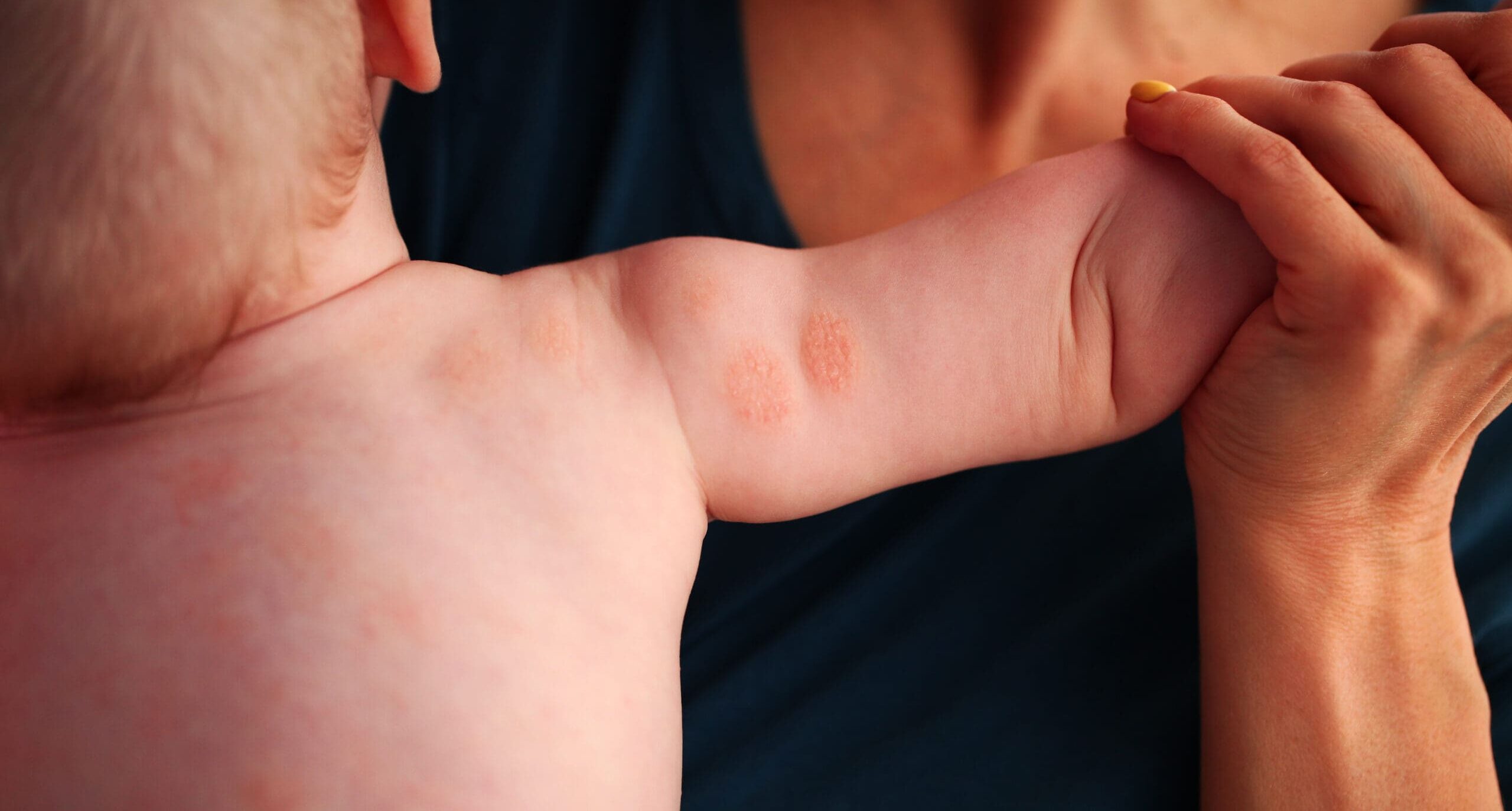by Dr Sandra Cabot
Sometimes in medicine there is a perfect solution for a disease – such as penicillin for syphilis or weight loss to reverse diabetes type 2. However, when it comes to infectious diseases the battle is far from over, and infectious diseases remain a leading cause of death, especially in poor countries.
Universal vaccination of babies and young children today has become a political and emotional topic and parents often find the issue overwhelming and confusing. It is a very polarising subject that causes great discussion in the community.
Overall, I am a firm believer in vaccination of children but I think we could do it much better if we lived in an ideal world and had more money and time to spend on administering ideal health practices – but we do not.
I remember the vaccination protocols we had back in the 1970s when vaccination was not controversial and was embraced by all parents. We gave the child diphtheria, tetanus, pertussis (whooping cough) and polio vaccine. We gave rubella vaccine to adolescents to prevent the brain damage that can be caused by this virus to the unborn infant when a pregnant mother with no immunity became infected. This was all fairly straight forward and generally did not cause severe adverse reactions in the recipient, although whooping cough vaccine could cause a bad reaction in allergy prone children.
Today we have a different schedule and vaccinate against far more infectious diseases.
Hepatitis B
We give hepatitis B vaccine at birth which is quite a good vaccine in the context that infection with hepatitis B virus in infancy usually results in chronic severe liver disease or liver cancer in adulthood. Today, populations from areas heavily infected with hepatitis B virus immigrate all over the world so it is good to protect all infants who may mix with infected children from another country.
Polio
Polio is a terrible disease that can cause long term paralysis, so it is good to vaccinate children against this virus. Few diseases frightened parents more in the early part of the 20th century than polio did. Although most people recovered quickly from polio, some suffered paralysis and even death. Many polio survivors were disabled for life. Those affected were a visible, painful reminder to society of the enormous toll polio took on young lives. In about 98% of cases, polio is a mild illness, with no symptoms or with flu-like symptoms. In paralytic polio, the virus leaves the digestive tract, enters the bloodstream, and then attacks the nervous system. Around 2% of people who contract polio become paralysed. In severe cases, the throat and chest may be paralysed and death can occur if the patient does not receive artificial breathing support.
Polio was eliminated from the Western Hemisphere in 1994 because of vaccination. Today, it continues to circulate in a small number of countries, namely Afghanistan, Nigeria, and Pakistan as of 2015. Polio vaccination is still recommended worldwide because of the risk of imported cases.
Measles
Infection with the measles virus is now routinely vaccinated against. The vast majority of people who catch measles do survive without any long term effects.
Most measles patients will feel very unwell for approximately one week, and up to 30% will suffer some sort of complication to the infection such as diarrhoea, ear infections, pneumonia, seizures or even hearing loss. In some poor areas of the world without access to medical care, up to 5% of children die of the measles but this cannot be compared to well developed countries where death rates from measles are extremely low.
In the decade prior to the introduction of the MMR (measles-mumps-rubella) combination vaccine in the United States, it’s estimated that more than three million people were infected with the measles each year. Since MMR reached widespread use, measles cases in the country have been reduced by more than 99%.
I think measles and mumps vaccination is controversial in some children, but many will disagree with me.
Tetanus
Tetanus still wreaks havoc in poor countries and has high death rates so it is good to protect your child against this disease.
Despite the availability of highly effective tetanus toxoid-containing vaccines, tetanus continues to have a substantial health impact in the world. In 2002, the World Health Organization estimated that 180,000 deaths worldwide were attributable to tetanus infection in newborns (neonatal tetanus). The World Health Organization is committed to eliminating maternal and neonatal tetanus.
When I worked in a missionary hospital in Northern India in 1983 I saw a lot of infants die with tetanus because the poverty in that area prevented effective vaccination in the mothers. There were not enough respirators to keep these infected and paralysed infants alive.
Diphtheria
Diphtheria once was a major cause of death among children. The United States recorded 206,000 cases of diphtheria in 1921, resulting in 15,520 deaths and diphtheria death rates approximated 20% for those under age five. Death rates were likely even higher before the 20th century. Diphtheria was the third leading cause of death in children in England and Wales in the 1930s.
Since the introduction of effective immunisation, starting in the 1920s, diphtheria rates have dropped dramatically in the United States and other countries that vaccinate widely. Between 2004 and 2008, no cases of diphtheria were recorded in the United States. However, the disease continues to cause problems globally and in 2007, 4,190 cases of diphtheria were reported.
Smallpox
The history of smallpox holds a unique place in the success of modern medicine. Smallpox was one of the deadliest diseases known to humans, and it is the only human disease to have been totally eradicated by vaccination!
Symptoms of a typical smallpox infection began with fatigue and fever, headaches, sore throat and vomiting around two weeks after exposure to the smallpox virus. After a few days, a raised rash appeared all over the body and face, and sores formed inside the mouth, throat, and nose. Fluid-filled pustules (blisters) would develop covering large areas of skin. In about the third week of illness, scabs formed and separated from the skin. About 30% of cases ended in death, typically in the second week of infection. Most survivors had some degree of permanent scarring, which could be extensive and very disfiguring on the face. Other deformities could result, such as loss of lip, nose, and ear tissue. Blindness could occur as a result of corneal scarring. What a terrifying infection smallpox was!
It is estimated that 20th Century worldwide deaths from smallpox numbered more than 300 million. The last known case of wild smallpox occurred in Somalia in 1977 – congratulations to modern medicine!
Controversy and risks of vaccination
The question that worries parents the most is “will vaccinating my child at such a tender young age increase the risk of neurological damage such as autism or other diseases in the future?”
We know that the incidence of autism has increased a lot over the last 50 years and we know some of the risk factors that increase the chances of your child developing autism. These include:
- Autoimmune disease in the mother
- Type 2 diabetes in the mother
- Obesity in the mother
- Prescription antidepressants taken during pregnancy
- Strong family history of autism in either parent
Vaccination can increase the risk of autoimmune disease and there are many well documented cases of specific autoimmune diseases resulting from specific vaccinations. There are several different components of a vaccine that can harm the immune system:
- The infective agent. Vaccines use a modified form of a virus or bacterium that is no longer capable of causing an infection, but is capable of eliciting an immune response and antibody production. Fragments of the virus or bacterium may resemble components of our own body and through a process called molecular mimicry, may trigger the production of antibodies against your own body.
- Adjuvants. The word adjuvant means to assist. Every vaccine requires an adjuvant in order to wake up the immune system and prompt it to manufacture antibodies. Adjuvants are often referred to as “the immunologists dirty little trick” in medical journals because they are present in all vaccines in order to make them more effective, but most people don’t know about them. The most commonly used adjuvants include mercury, aluminium, squalene, mineral oils (petroleum derived), silicone, viral particles and Freund’s adjuvant (the name of a person who developed a combination of mineral oil with bacterial particles). Mercury was removed from most vaccines apart from the adult flu vaccine.
- Preservatives and stabilisers. A range of different chemicals are added to maintain the integrity of the vaccine.
The potential dangers of childhood vaccinations
Injecting these toxic substances into the bloodstream of any person is risky, but the dangers are greatly multiplied in children. This is because of their smaller body size, less developed detoxification capabilities and the large number of vaccinations given in a very short space of time.
The following passage is an excerpt from a research paper published in the journal, Lupus. The paper is titled “Mechanisms of aluminium-adjuvant toxicity and autoimmunity in pediatric populations”:
“Immune challenges during early development, including those vaccine-induced, can lead to permanent detrimental alterations of the brain and immune function. Experimental evidence also shows that simultaneous administration of as little as two to three immune adjuvants can overcome genetic resistance to autoimmunity.
In some developed countries, by the time children are 4 to 6 years old, they will have received a total of 126 antigenic compounds along with high amounts of aluminium (Al) adjuvants through routine vaccinations.
According to the US Food and Drug Administration, safety assessments for vaccines have often not included appropriate toxicity studies because vaccines have not been viewed as inherently toxic. Taken together, these observations raise plausible concerns about the overall safety of current childhood vaccination programs.
When assessing adjuvant toxicity in children, several key points ought to be considered:
- infants and children should NOT be viewed as “small adults” with regard to toxicological risk as their unique physiology, and not just their body weight, makes them much more vulnerable to toxic insults;
- in adult humans Al vaccine adjuvants have been linked to a variety of serious autoimmune and inflammatory conditions (i.e., “Autoimmune Syndrome Induced by Adjuvants” or ASIA), yet children are regularly exposed to much higher amounts of Al from vaccines than adults;
- it is often assumed that peripheral immune responses do not affect brain function, however, it is now clearly established that there is a bidirectional neuro-immune cross-talk that plays crucial roles in immuno-regulation as well as brain function. In turn, perturbations of the neuro-immune axis have been demonstrated in many autoimmune diseases encompassed in “ASIA” (Autoimmune Syndrome Induced by Adjuvants) and are thought to be driven by a hyperactive immune response; and
- the same components of the neuro-immune axis that play key roles in brain development and immune function are heavily targeted by Al adjuvants.
Ideal World Solution
We need a new specialty in medicine called a “vaccinologist” who would be a medical doctor who has specialist training and expertise in vaccinating at risk children.
These children can be –
- vaccinated later for some infectious diseases and at greater intervals if adverse reactions occur
- given individual vaccines one at a time instead of being hit with multiple vaccines at once
- given correct supplements and diet to strengthen their immune system before vaccinations
In summary, research evidence shows that increasing concerns about current vaccination practices may indeed be warranted. Because children may be most at risk of vaccine-induced complications, a rigorous evaluation of the vaccine-related adverse health impacts in the paediatric population is urgently needed.”
Reference
Lupus. 2012 Feb;21(2):223-30. doi: 10.1177/0961203311430221









Leave A Comment